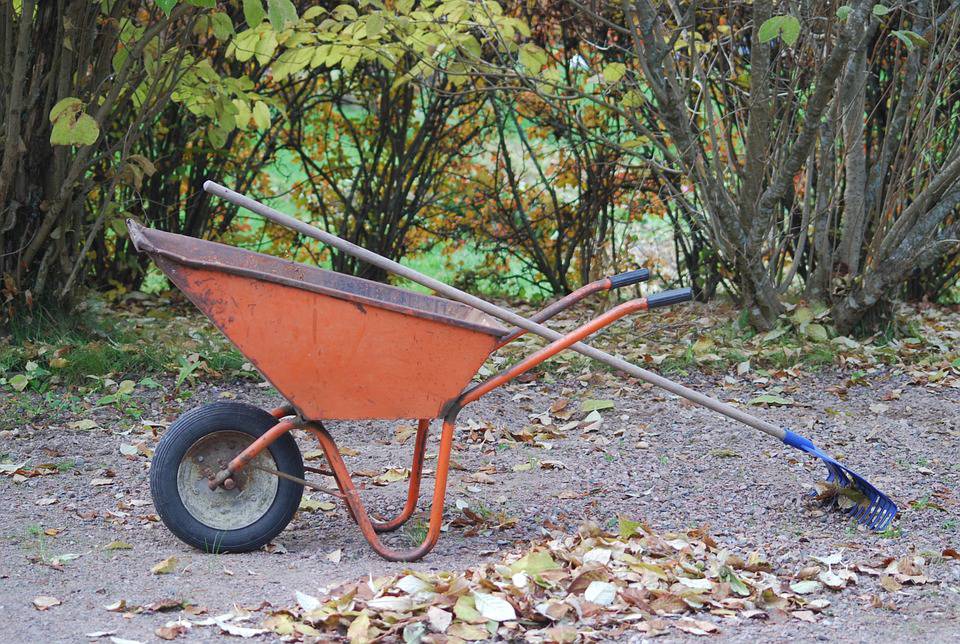Photo via http://ow.ly/LwG5304CJRy
The arrival of the fall season means it’s cleanup time in your garden. Taking some time to prepare your garden for the winter months will certainly pay off when spring rolls around next year. Here are some simple steps you can take now to ensure that your garden fares well throughout the winter months. Enjoy!
Remove Dead Plants
One of the most important things you can do to prepare your garden for winter is to remove dead plants and weeds. This process gets diseased plants as well as harmful fungus out of your garden. Plus, by removing dead plants and weeds, you’re taking potential hiding places away from rodents, insects, and other pests.
Put Supportive Structures and Other Garden Items Into Storage
Take away any tomato cages and trellises that are left in your garden. These can rust or sustain other damage if they are left outdoors. Give them a quick examination and cleaning before storing them away for the winter. Also, if you made decorative labels for your vegetables or flowers, collect those and put them inside. You may be able to reuse some of the labels if they are in good shape. I like to laminate any labels I make for my vegetables and flowers so I can put them out again next growing season.
Test the Soil
Testing the soil in your garden helps you to gauge its overall health. You can get an inexpensive soil test kit at a home improvement store that tests for pH, nitrogen, potassium, and phosphorous. If you find that your garden contains too much or too little of an element, you can make changes to bring more balance to the soil. For instance, if you find that your garden’s soil has a high acidity level, then you can add lime to reduce it.
Till the Soil
By tilling the soil in your garden, you can uncover any harmful insects that have made a home in the dirt. This keeps them from doing damage to your garden over the cold-weather months. It also prepares the soil for the mulch you’re going to add to it.
Spread Mulch
Spreading a layer of mulch over the soil in your garden is a good way to protect it from damage caused by freezing temperatures. Furthermore, mulching can slow down the growth of weeds and help the soil retain its moisture. It’s best to wait until the first freeze before putting mulch into your garden. If you put mulch down before the first freeze, mice and other rodents may try to nest there.
Plant a Cover Crop
If you don’t want to put down mulch, you can plant a cover crop. Cover crops provide nourishment to the soil in your garden and can prevent erosion. Some examples of cover crops include winter rye grass, wheat, or peas. In the spring, tilling these cover crops puts even more nutrients into your soil. One important thing to note is that cover crops should be planted at least four weeks before the first frost so they have a chance to take root.
Prepare Outdoor Containers for the Cold Weather
Dump dirt or dead plants out of any outdoor flowerpots or garden containers. The freezing and thawing that goes on during winter can cause these containers to crack or break. Once you’ve emptied a container, turn it upside down or put it into storage.
Give your garden a little attention this fall and it will reward you in the springtime!
![[Avas Flowers] Avas Flowers](https://www.avasflowers.net/newimg/avas-logo-new.png)

